“When in Rome” is probably one of the most used clichés. And I guess one of the most effective. The second is “Rome was not built in a day” equally good as well. I always wondered why Rome?
This post is not about clichés but certainly about Rome. The magnificent city, rich in history, culture, the arts and religion. It is a city that speaks of passion, temperament, tradition and in the same breath fashion. Cobblestones and Dolce & Gabbana. Lets not forget the cuisine that is famous the World over.
A window opened up for a short trip to Rome over a weekend and I was glad to go. I had been to Rome once before on a work related matter nearly 15 years ago and enjoyed it. Had made a note then to go back someday.
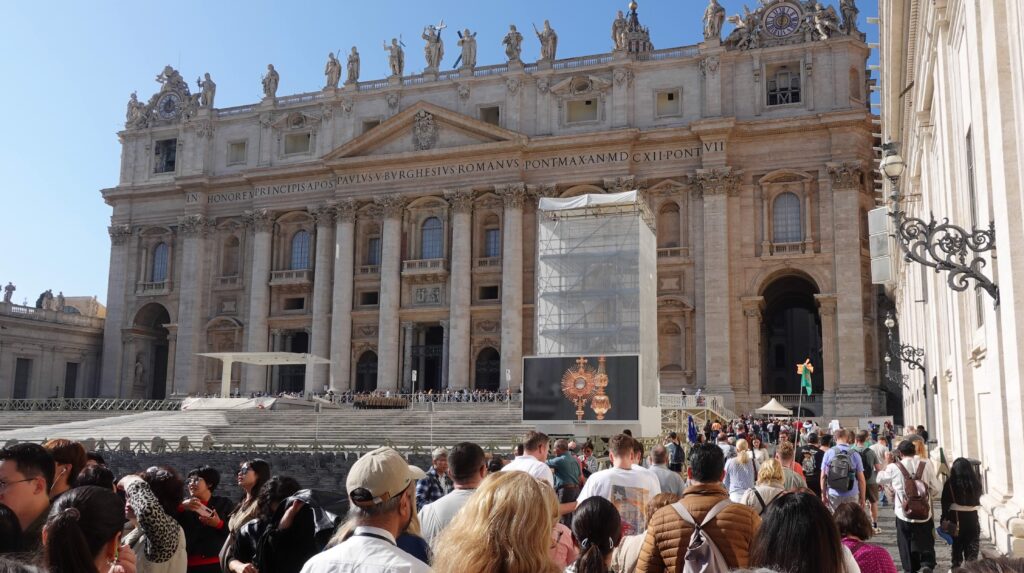
The approach to visiting Rome
To me there are 4 parts to cover when visiting Rome. They are;
- Historic Rome -Colosseum, the Pantheon , the Catacombs, Spanish Steps, the Trevi fountain etc.
- The Vatican, St Peter’s Basilica and the Sistine Chapel
- People, Metro and fashion
- Food, coffee and cafes
I tried to list not just the popular sights but parts that give a more rounded flavour of what Rome is about. The approach helps me cover Rome decently and not miss out on anything of significance.
Extraordinary details within attractions
The challenge with Rome and its attractions compared to any other top tourist locations is the number, the rich distinct history each of the historic attractions carry and the visuals details one has to cover. They are not the same.
The level of artisanship are not only intricate but exceptional to the eye. And each has a distinct style. Imagine going thru a church famous for its distinct floor tiles and not seeing it. Best advice is to do a decent level of research prior to leaving. Worth every minute.
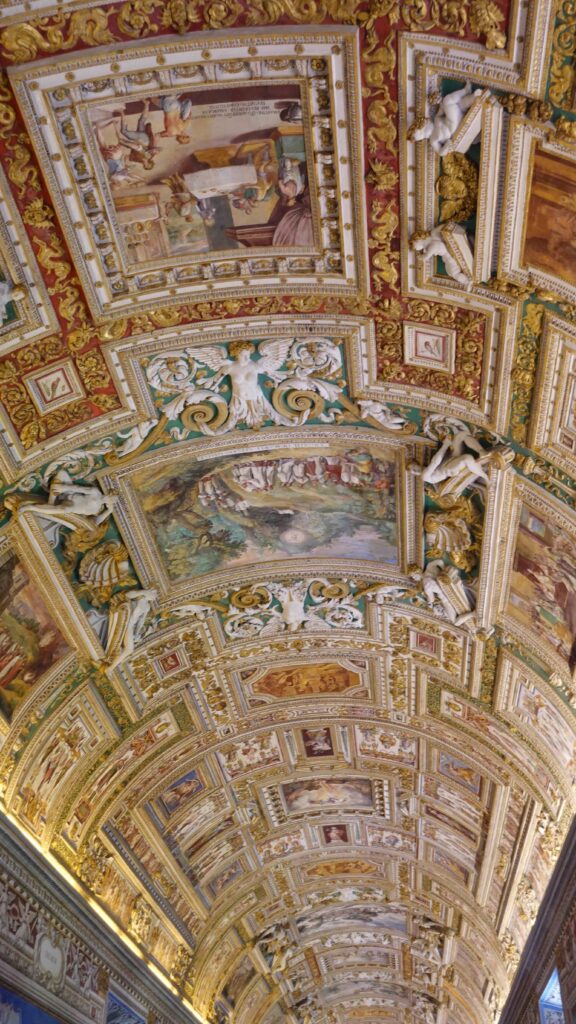
The Sistine chapel ceiling is a good example. The ceiling was done by Michaelangelo, Raphael later did the wall tapestries. Other paintings in the Chapel that predates Michaelangelo and Rapheal were done by Sandro Botticelli, Domenico Ghirlandaio and Pietro Perugino. All done within a space of 41ms by 13 ms.
Then you have the Pantheon which is more than 2,000 years old, began life as a Pagan temple between 25 and 27 BC and then converted to a Catholic church 600 years later. The Pantheon therefore has two clear, separate and distinct history and purpose.
The only commonality is that it is a place of worship. But the single most important piece is not just inside the walls of this majestic building but the massive dome above. It is captivating. It remains as the largest unreinforced concrete dome in the World. Imagine engineering 2,000 years go.
So one has to plan ahead and give ample time to just to cover the essentials. Best to set aside half a day for each major attraction.
Not just the attractions
I found it interesting when visiting places to see how the locals go about their daily lives. Including how they dress and their mannerism. Good example is the use of bikes with satchels to do grocery shopping in Netherlands and Germany. Even when riding a bike to shop for groceries , they are dressed well. It goes to culture.
A touristy bits about Rome
It is probably the richest city and capital in terms of the value of historic artefacts big and small.
The centre of once dominant and influential empire that lasted over a thousands years from 753 BC to 472 CE. Stretching across much of Europe. From North West Egypt to the British Isles.
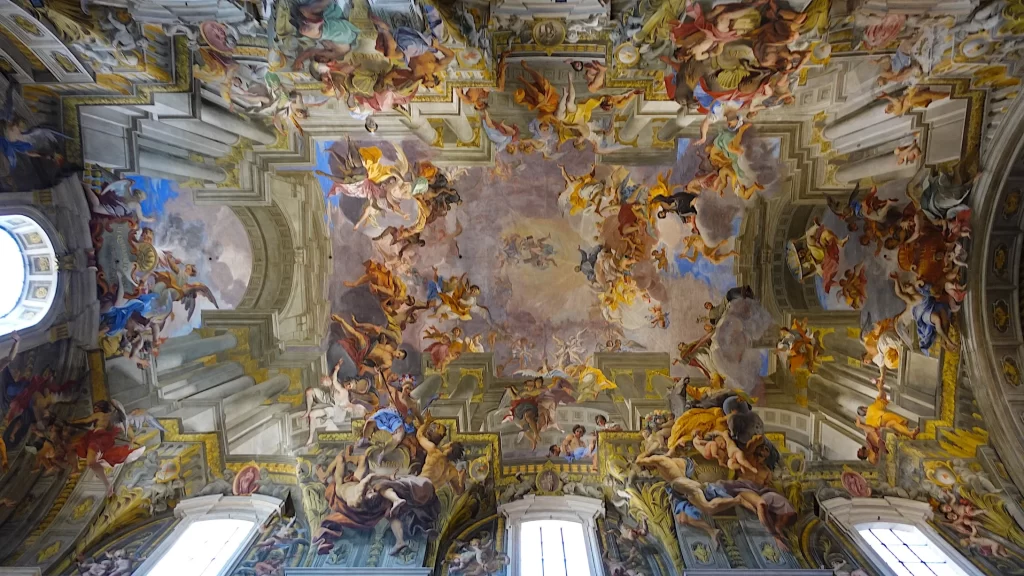
Rome itself is 2,700 year old and it became the centre of Christianity. The world’s smallest state, the Vatican is in the heart of the city. After the fall of the Roman Empire, the city did not decline as others did. The “Renaissance” came about in the 14th century and went all the way to the 17th century. The works of Michelangelo in the Sistine Chapel, that of Raphael and many others across Rome were during the Renaissance.
The Renaissance began in Italy. A cultural, artistic and intellectual period that rekindled interest in classical literature and knowledge. It attracted Greeks scholars and others of a similar ilk. Though it involved other Italian cities other than Rome such as Florence and Venice, Rome was one of the primary beneficiary of the Renaissance.
One interesting observation is the tourist makeup. It did not resemble other popular cities such as New York, London, Sydney or Paris. Over 90% of tourists were of European heritage while other cities’ tourist make-up were more multi-racial. I wondered why?
Little things to note for a pleasant stay
You want to be in the center of Rome city. Via Del Corso is the main central street. More a street than a road. Everything radiates from here to get the best vibe.
Get the right hotel somewhere along here and you can walk to most of the attractions and would have won half the battle.
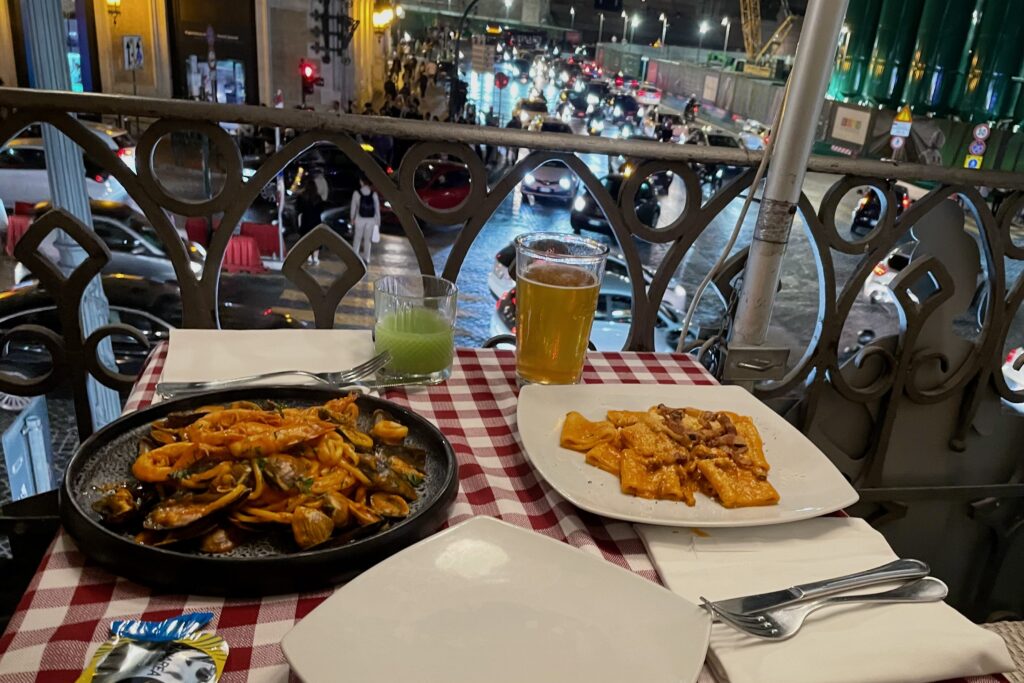
Rome has preserved not only its historic monuments but also its residential and commercial buildings. They remain the same for decades. No high rises. Modern buildings are few and far between.
Many hotels found all over Rome have discrete entrances, sometimes with a small brass plate but no signboards. Old World charm.
So do a google street view of the hotel front as well as street number before arriving. Sometimes you need to press the buzzer to be let in. We are talking about luxury hotels, 4 and 3 starred hotels.
Taxis are cheaper and more reliable than the ride hailing alternatives such as Uber. By law you cannot hail taxis along the road. You must go to designated taxi stands or book by phone. All taxis rides are metered and all accept card payments. The taxi fare from the airport and back from Rome City are fixed at 55 Euros. You can also take Airport Leonardo Express train into the city main railway station Rome Termini for 16 Euros which takes 32 minutes.
Small cars, restrooms and convenience stores.
Something I noticed about Rome vehicles. They are either new or very clean and that includes taxis, Police cars and public transport. They are also very big on small cars which are all over the city.
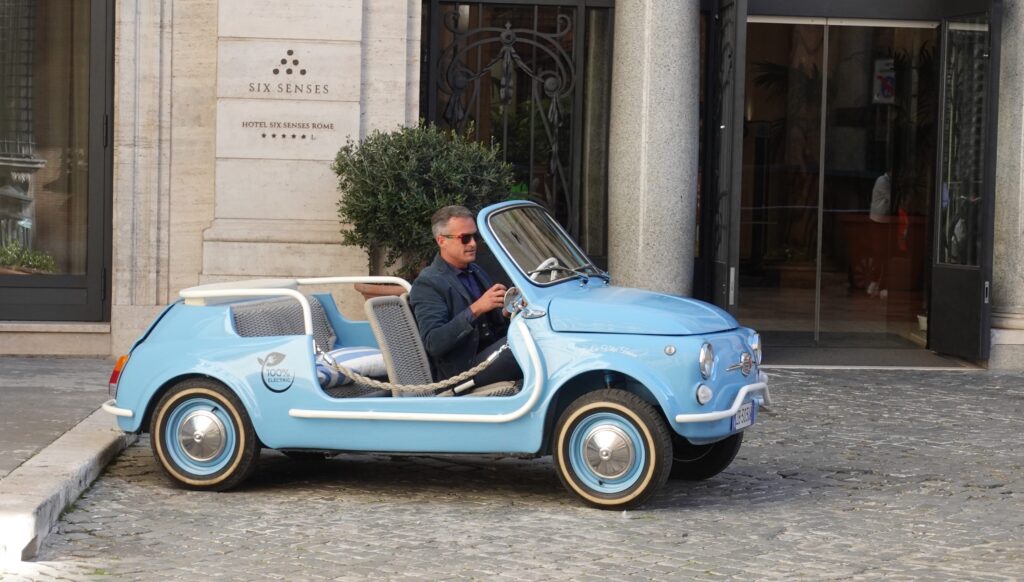
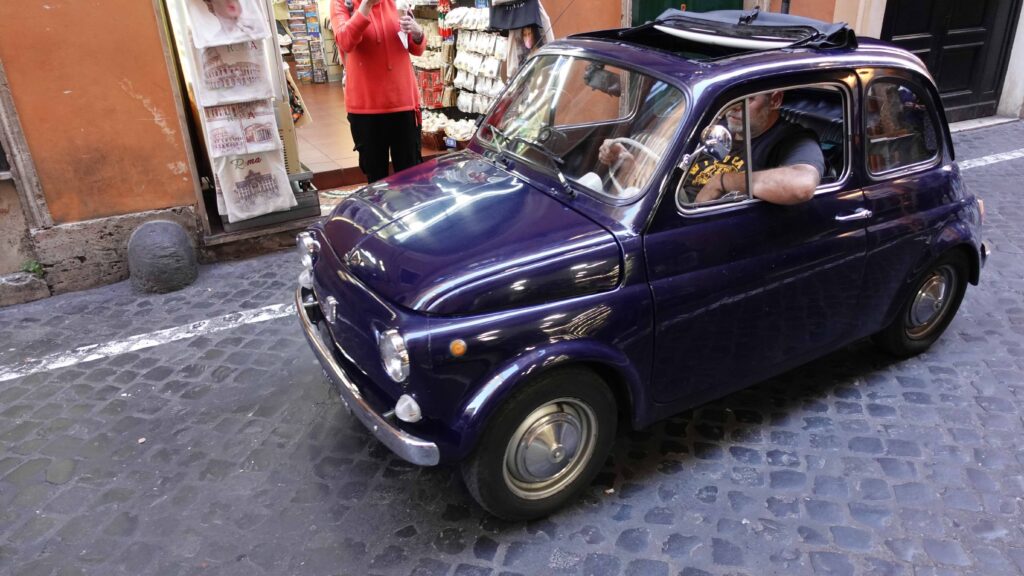
Public toilets are limited and most people use the ones in cafes and restaurants. Some attractions do have them. So plan ahead or head back to your hotel for breaks.
Unlike many cities and towns outside of Italy, convenience stores such as 7-11 selling snacks, beverages and toiletries are rare. Get whatever you need at the airport on arrival. I found this interesting. My guess is that owners of Rome storefront properties have continued to retain their interest within their families and maintain their existing trade.
Pre-book popular attractions and tours online according to preferred time slots and language before you leave for Rome. Skip-the-line tickets for a slight premium allow for straight entry rather than join the long queues if you are pressed for time.
Lastly, avoid the touts selling tickets to attractions, hop-on hop- off buses and overpriced items such as power banks, selfie sticks, bottled water and shawls.
Food outlets and cuisine
When I first visited Rome, it was clearly evident that Italian food back home in Australia or even in New York tasted very different. This despite the large presence of the Italian community in both places. The food in Rome and Italy is distinctly better in terms of taste and texture, and even in presentation. I suppose when a cuisine leaves it’s native shores, it starts to evolve.
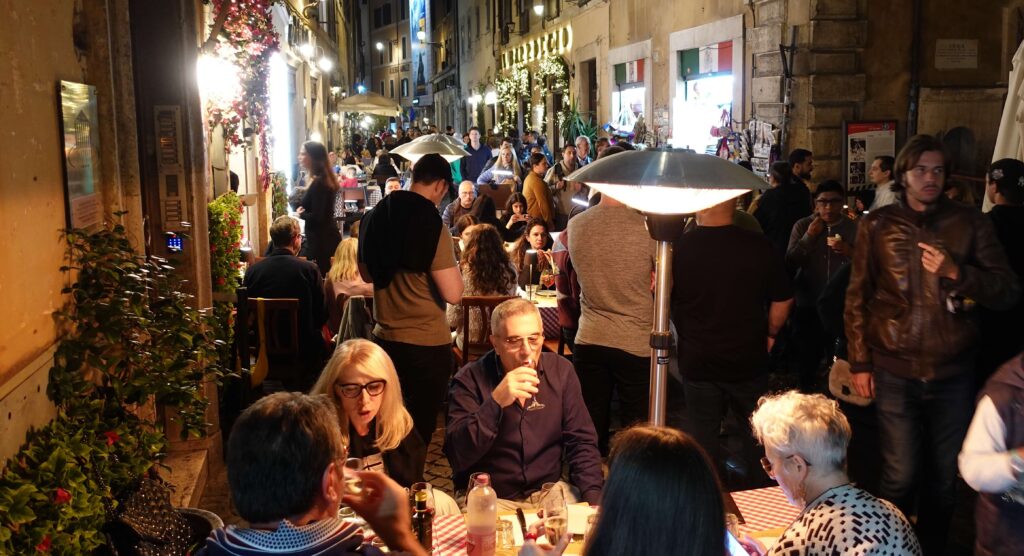
Rome is blessed with hundreds of cafes (called bars by the Italians) and restaurants. They are a wonderful presence especially at night in the Rome landscape. Rustic decor, romantic settings and no two are alike. Prices are reasonable.
One thing to note is that coffee is served warm and not hot and sometimes close to room temperature. Expressos rule and wine always for dinner.
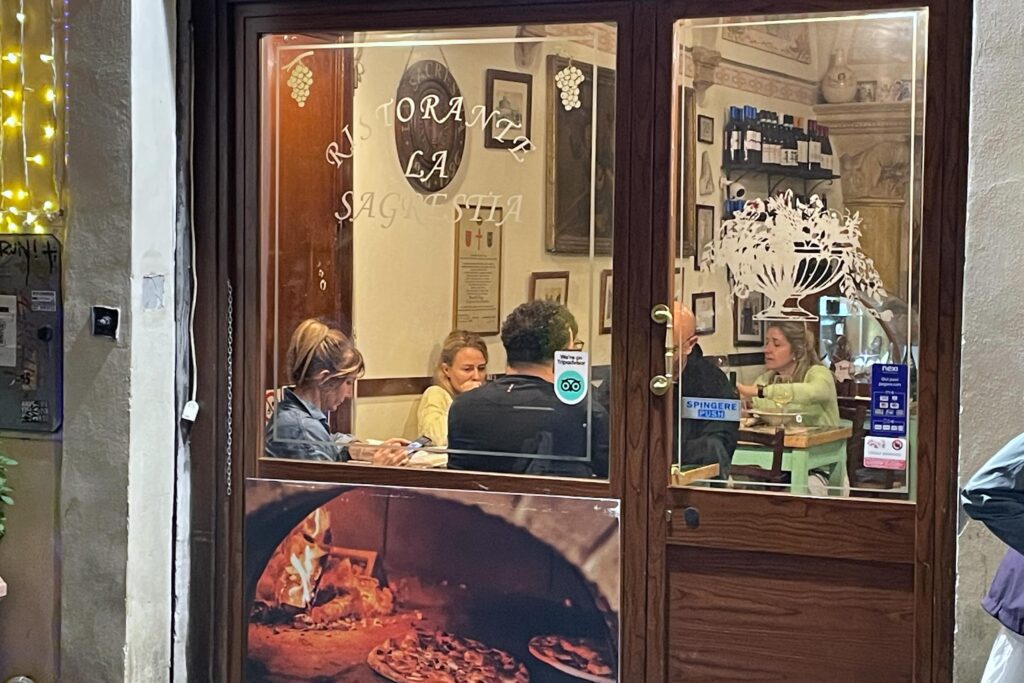
Still on food. Noticeable from the word go is the small amount of meat found in their Pizzas and Pasta dishes. However seafood in pastas and pizzas are prominent and recommended.
They are big on pastries, cold cuts and less on meaty rolls and sandwiches. Bread baskets with salads, cold cuts and cheese are the local’s approach for lunch. No sign of pies or pasties but lots of pastries.
Wine is the staple at the table and beer is for tourists. Go for the Italian wines with the food. There is no pub culture with beer and finger food as far I can tell. There are numerous small springs and drinking fountains and the water is safe for consumption.
Italian fashion
No other nation I have been to have a sense of fashion like the Italians do. Mostly slender and slim built in the majority, they have excellent sense of fashion and grooming.
Nothing outlandish. Clothes are of good material, well cut and tailored. Outfit coordination is a thing. It applies both to men and women, young and old. It does not mean they stand out in a crowd of visiting tourists. Just that you start noticing little details. And realise the effort behind it.
Fringe hair colours and cuts are rare among the locals. Interestingly they are not brand conscious so the outward display of brands are not apparent even if it might be branded. This despite their clothing brands being World famous and well sought after.
Their fashion coordination covers belts, scarfs, hats, bags and shoes whether the final outlook desired is casual, casual smart or formal.
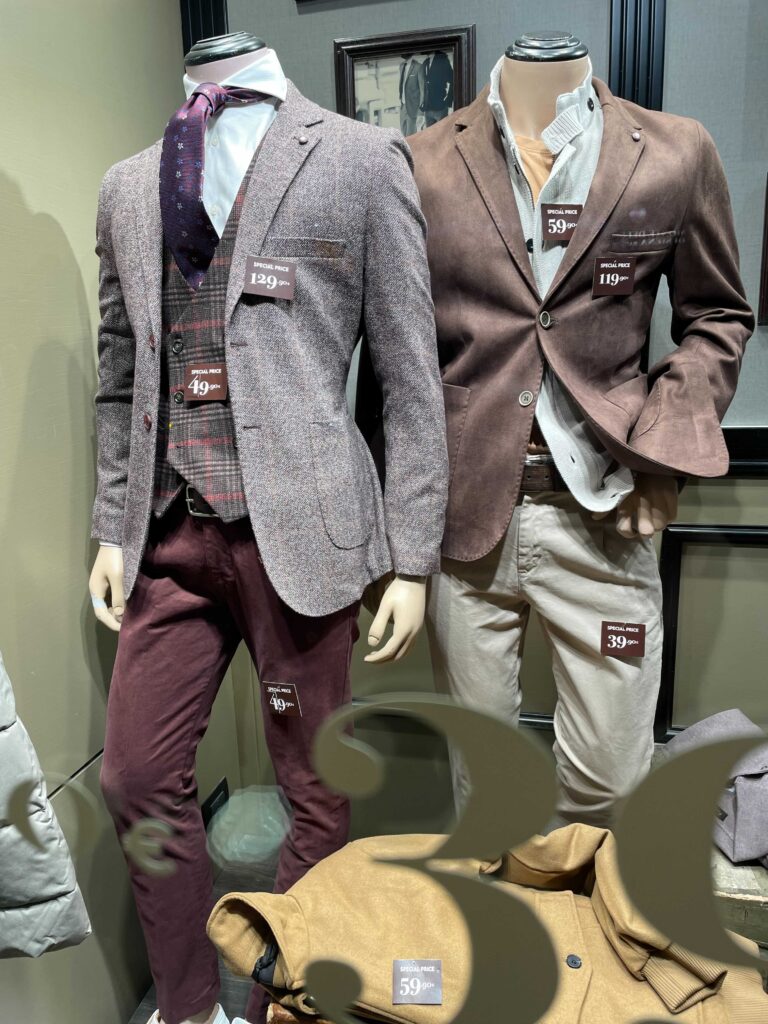
This ordinary store window pictured was not one of the branded stores. It was among a row of ordinary shops along Via Del Corso. I was impressed not only by the style, quality of the materials, the colours and best of all note the prices in Euros.
Rome in a nutshell
Rome is one of rare few tourist destinations on Earth that has more than one major theme for a visitor. There is history in abundance, seat of a major religion, people and culture, world class food and dining choices and finally fashion. A place for history buffs, a magnet for pilgrims and an excellent place for a romantic interlude and a shopping mecca.
No tourist can cover Rome adequately unless it is an extended holiday. So prior research and a bit of planning are essential. So the question is where do you start? My suggestion is to spend time to find the right hotel and location. Every thing else will fall in place.
Secondly Rome is visually stunning both night and day. You must be sufficiently geared and prepared to take as much photos and videos as you can. These photos and videos are the treasures that you take away. Here is my guide on bringing the right gear.
Thirdly be prepared to stumble on something that you did not expect but found fascinating. Whether it is an ancient Roman artifact or a cafe that prepares food the same traditional way since it began decades ago. I stumbled on a Church and then a neighbourhood cafe/bar that would remain memorable for years to come. Both not expected but a memorable bonus.
Lastly Rome is not just for a holiday. It is an adventure of sight, sound and taste.
